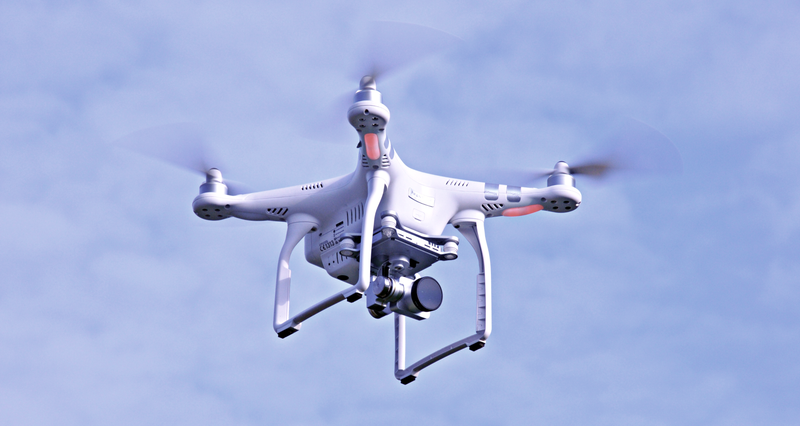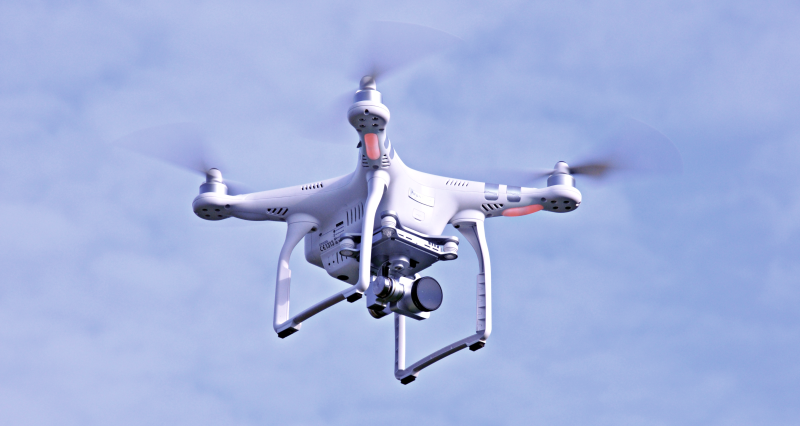
U.S. General David Perkins told an audience at a military symposium recently that a U.S. ally shot down a $200 drone with a Patriot missile, usually used to take down Iraqi Scuds. He said the drone “did not stand a chance against a Patriot,” according to video of his remarks. No shit. Of course it didn’t.
Advertisement
Now, for many people, Perkins’ remarks could be read as funny as hell (I sure as hell chuckled at first) and viewed as an overkill response (I thought so initially) akin to“shooting a mouse with an elephant gun.” Well, after thinking about it and making a few calls, it turns out that such a simple analogy doesn’t consider the complexities that the American ally (whoever it was) faced on the ground.
Thomas Karako, director of the Missile Defense Project at the Center for Strategic and International Studies (CSIS), told Foxtrot Alpha that this isn’t the first time a Patriot missile was used to shoot down a drone. The main takeaway, Karako says, is that the growing threat of drones will pose greater threats to alliance air defense systems than what was heard of in the past.
“You can’t really blame the Middle Eastern actor who probably took a shot at this,” he said. “When something pops up on their screen as a radar blip, they may not know that it costs $200 from Amazon. It may just show up as a radar blip. So what this really points to is the lack of sufficiently precise surveillance that informs the air defense mission. Now, if that was an aircraft rather than a drone, an air defense missile may be appropriate. But the difficulty is you don’t always know. It could be a cruise missile, could be a slow-moving aircraft. What this points to is a need for better sensors that know what the threat is.”
Advertisement
To be clear, Patriot missiles aren’t designed to shoot down drones. The MIM-104 Patriot is a surface-to-air missile (SAM) system, for example, is geared to shoot down cruise missiles and large aircraft. It has an AN/MPQ-53/65 radar set that has an antenna array consisting of “over 5,000 elements that “flash” the radar’s beam many times per second.” More than capable of detecting fast-moving targets like stealth aircraft and cruise missiles, the AN/MPQ-53/65 Radar Set was not conceived to fire at drones, per se. But it’ll get the job done.
That is the main issue. Moreover, while a Patriot may have been justifiably used to hit the drone, it wasn’t the best use of the missile, especially seeing as how each one is 19 feet (19 feet!) long and weighs 1,500 pounds. Also, each unit costs around $2-3 million, so killing drones with Patriots isn’t exactly cost effective longterm.
As an alternative, Karako says there may be “non-kinetic effectors” that could be used to neutralize drone threats. For those who are unfamiliar with non-kinetic vs kinetic, kinetic is the use of bullets or missiles, for example, to take out a threat; non-kinetic is the use of radio-frequency signals (or electromagnetic pulse EMP) to neutralize a threat. As the Lexington Institute explains, it is also known as electric warfare:
Advertisement
Sponsored
Electronic warfare (or EW) is the use of radio-frequency signals to achieve military effects. It can be as gross as an electromagnetic pulse that shuts down every unprotected electronic system over hundreds of square miles, or as limited as a tailored jamming transmission that prevents improvised explosive devices from detonating along a particular road. Either way, EW as it exists today reflects the gradual migration of the military away from traditional explosive methods of waging war, to more subtle, “non-kinetic” kill mechanisms.
Of course, this doesn’t eliminate the need for Patriots. Saudi Arabia has used U.S.-made Patriots to shot down rockets fired by Houthi rebels inside of Yemen over the years. So, you really can’t blame a U.S. ally for popping a drone with a Patriot.
Still, folks may want to snicker at the sight of a huge Patriot taking down a drone. But the need to do so reveals that they are posing a new threat to America’s air defense system that will require a major radar upgrade.
“I think folks are looking at this and their kind of chuckling, but I think that is the wrong conclusion to take away from this,” Karako said. “The better insight here is that we have an air defense surveillance need that is going to require some new capabilities.”
















